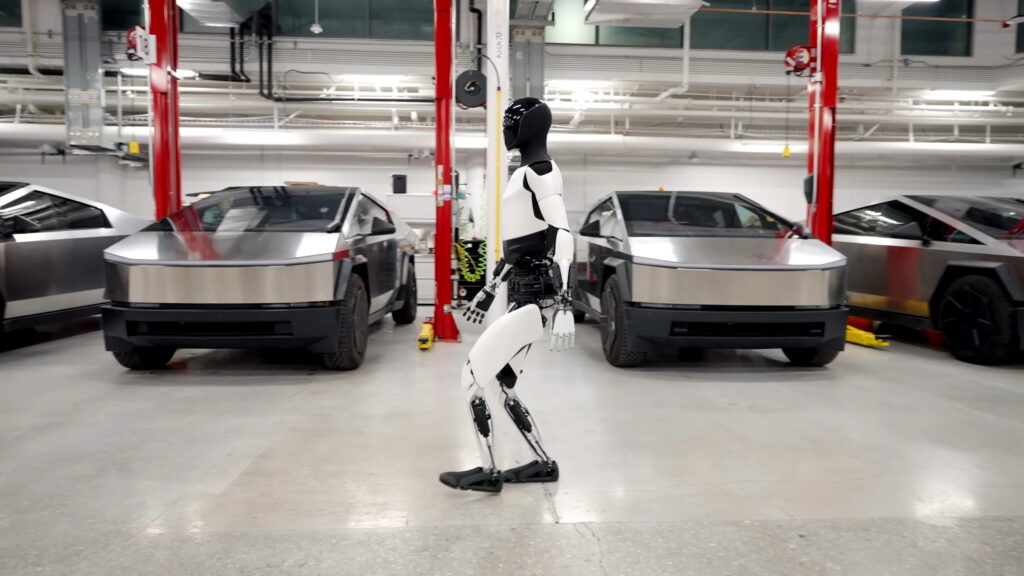Big Three need to claw back some cash and staffing factories with machines could be one solution that the UAW will really hate
3 hours ago
 –>
–> 
–>
Henry Ford revolutionized the way cars were built when he introduced the production line process, but that process still relied entirely on humans. These days people and machines share the workload across the industry, and have done for decades, but automakers could now be on the verge of shifting the balance and easing human operators out of the door.
Advancing technology will make it possible to replace more human workers with more machines in the coming years, but it’s not only the fact that the tech will be available to automakers that might lead them down that route.
Another driving force is the need to recover the cost of the recent UAW battle with the current workforce, who might be feeling very pleased with their newly-boosted pay and conditions today without realizing that they’ve potentially hastened their own demise.
advertisement scroll to continue
[embedded content]
The Wall Street Journal reports that rising labor costs are set to speed up the adoption of automated technology in car plants, explaining that the unexpectedly high cost of renegotiating contracts will add $900 to the cost of building a new Ford during the lifespan of those new contracts, which are due to expire in four years time, and around $500 to the cost of creating a new Chevy.
The global automotive industry installed 136,000 new industrial robotic units in 2022, according to data from the International Federation of Robotics, and if that sounds like a lot, it is. Only the electronics industry installed more, the WSJ says. That’s bad news for UAW members, though the report suggests human operators at auto plants won’t necessarily be laid off, just not replaced when they retire or leave.
Related: Tesla Gives Workers A Raise As It Tries To Stave Off UAW Push
One other factor that might push the industry to greater automation is that we’re in the middle of a plant-building boom as automakers look to create new battery and EV factories. It’s simpler to install robots in a new facility than add them to an existing one where there’s a hefty changeover cost to deal with.
However, while robots don’t need holidays, pension pay or bathroom brakes, they aren’t without their downsides. They’re expensive to buy, still need people to program and maintain them, and might cause quality problems at first.
[embedded content]

 <!–
<!– –>
–> 

